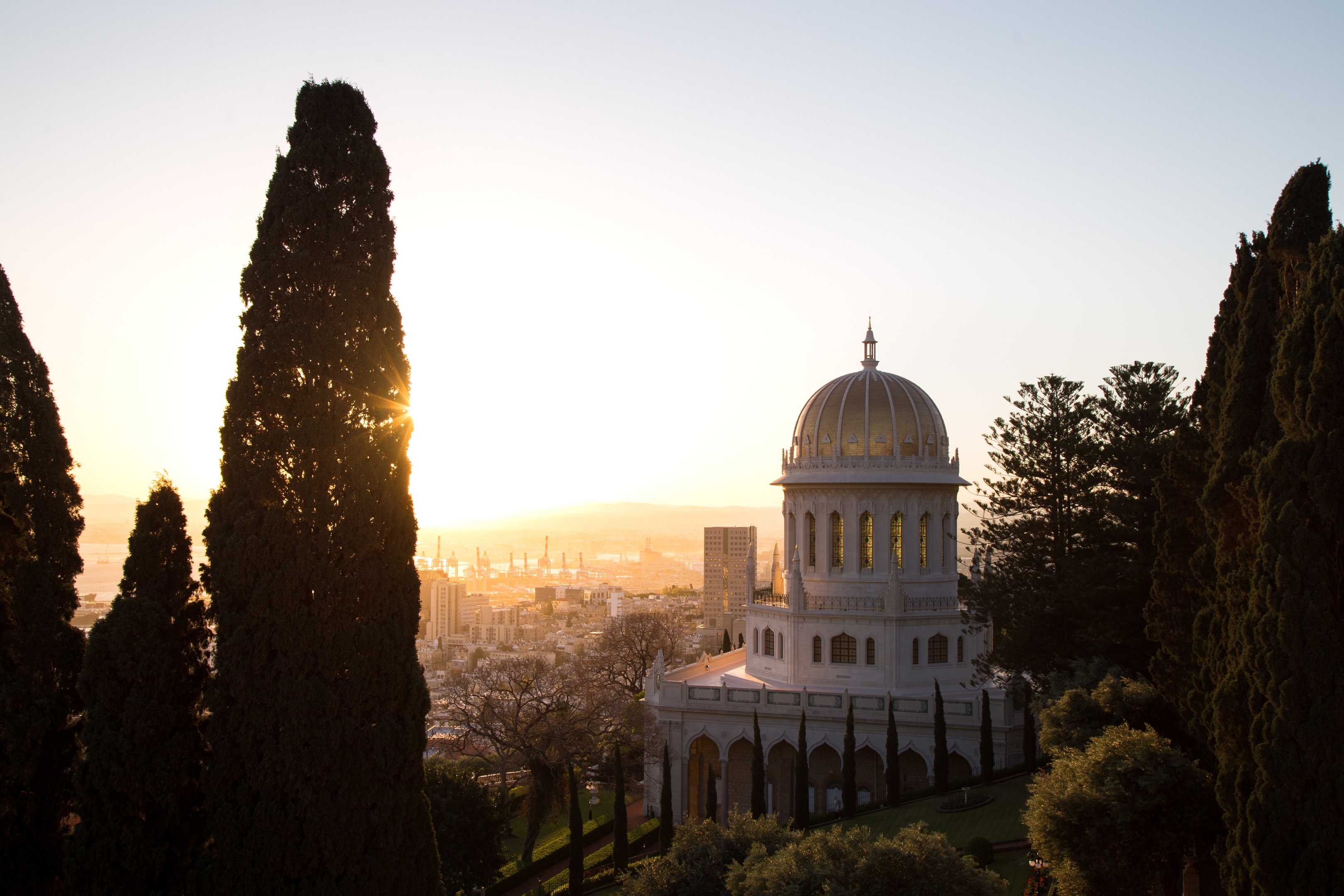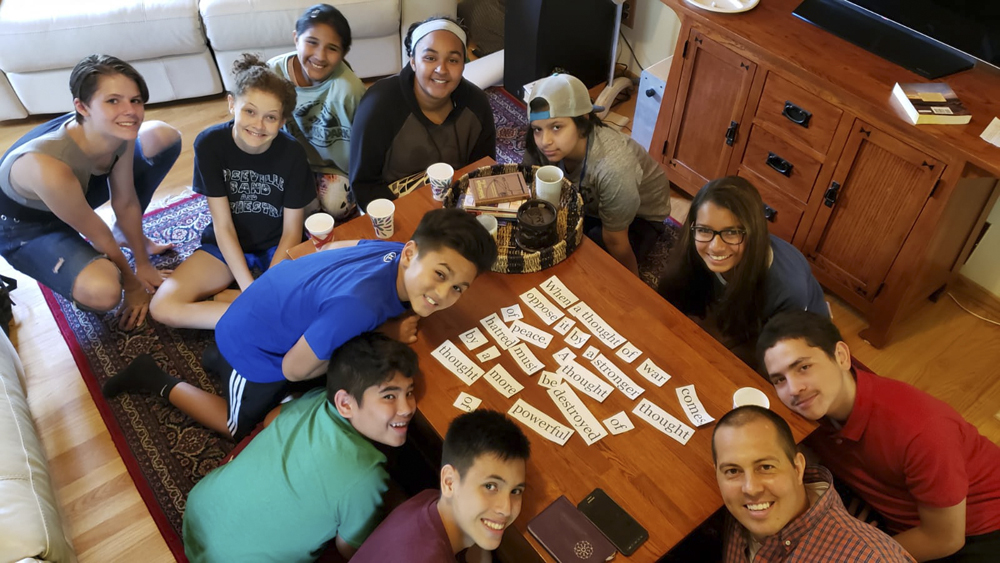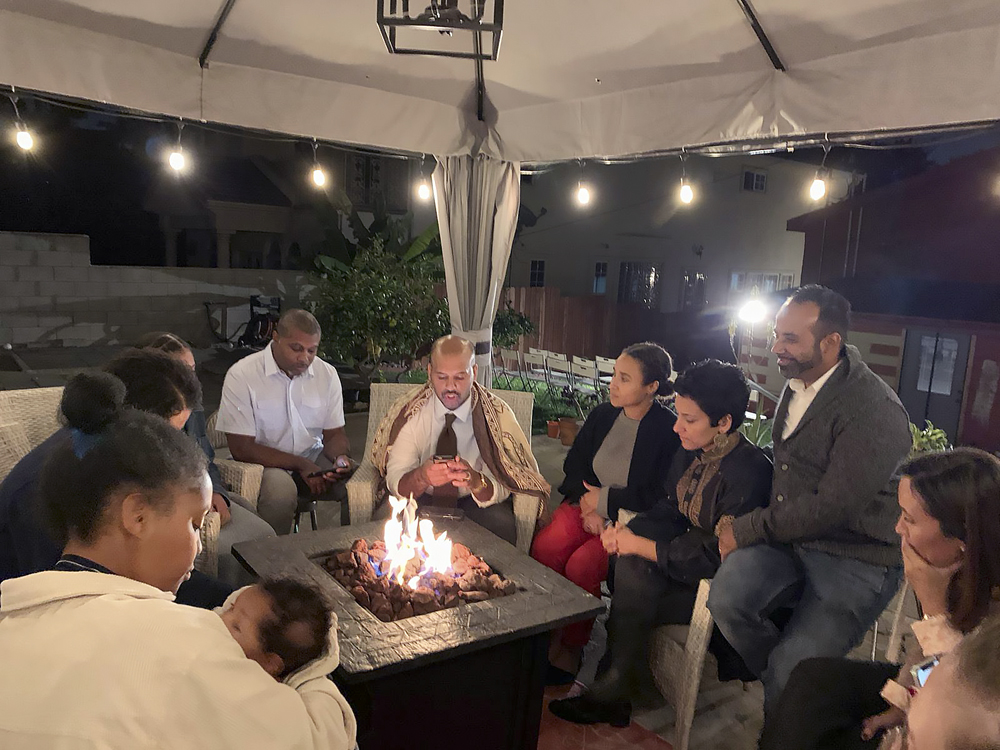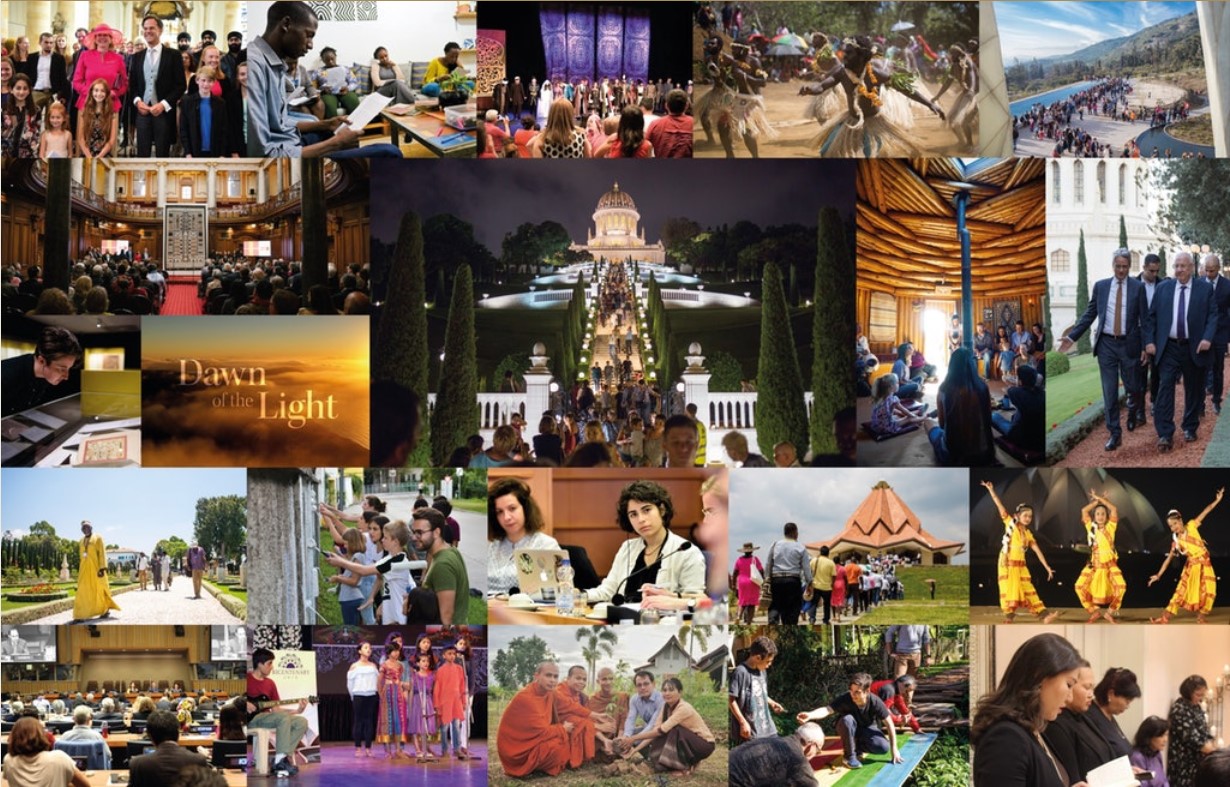
Arts give expression to joy and hope
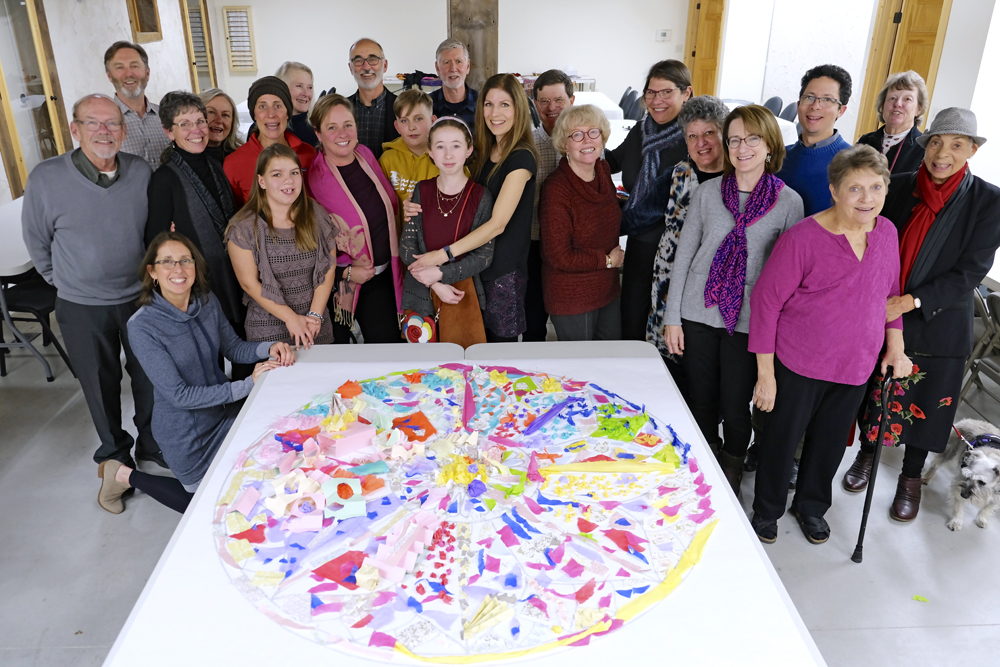
Music and other expressions of art elevated spirits as prayers and passages from the Baha’i writings washed over the thousands attending celebrations of the 200th anniversary of the birth of the Bab, herald of the Baha’i Faith.
Inspired by the Word of God for today, Baha’is and friends created, performed and displayed works that instilled joy in hearts and hope in minds.
Art, music connect hearts and minds
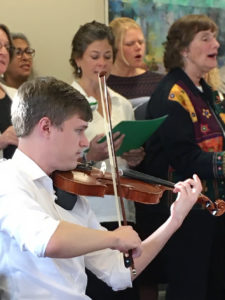
The senses of sight and sound were fully engaged as Baha’is in Rhode Island staged a statewide bicentenary celebration preceding those held at the neighborhood and community levels.
The gathering was held Oct. 13 in the Brown University Student Center in Providence.
Thirty-seven Baha’is from around the Ocean State contributed to an art installation titled “The Illumination Project” with artwork in watercolor, oil, photography, calligraphy, ink, textile, pottery, cut paper and other media. A knitted nine-pointed star four feet in diameter was a highlight.
Each person’s observations on how he or she draws inspiration from the Bab and His message were incorporated into the project.
A 15-minute musical piece, “In Shiraz 1819,” composed especially for the celebration, announced the glad tidings of a new age that dawned with the birth of the Bab.
It was performed by 19 vocalists and an ensemble featuring violin, double bass, piano, drums and a trumpet blast played by a Baha’i youth.
Vocalists and instrumentalists hailed from several communities in Rhode Island and Massachusetts. Because of travel distances they received their parts in advance of rehearsals that began in June — first, separate rehearsals for singers and instrumentalists, then all together before a first performance at a regional Baha’i convention on Oct. 5.
“The more we rehearsed together,” a participant remarked, “the greater became our feeling of oneness and unity, and the deeper became our feelings of love for the Bab.”
Lyrics for “In Shiraz 1819” included verses from Indeed a Wondrous Story to Be Told, an epic-length poetic work.
The program also featured native speakers reciting or chanting selections from the writings of the Bab in Arabic, French, Spanish, Portuguese, German, Chinese, Korean, Urdu, Bulgarian, Italian and English.
Play tells a tale of transformation
Baha’is in Lee, New Hampshire, were first to see a play written for the bicentenary that dramatizes a young girl’s spiritual transformation.
The play was inspired by the life of a Baha’i who is dying of colon cancer.
In the playwright’s words, “The play tells the story of a young girl, Beatrice, who at the outset of the play is not the nicest person. She falls asleep and is visited by Mulla Husayn and Khadijah,” people central to the story of the Bab, who relate His story to her.
The girl is “unsure why they have to come to her,” so “they then take her on a journey through her life where they show her how she becomes a Baha’i and teaches children.”
In a later dream, Beatrice travels to Haifa, Israel, “where she prays to sacrifice her life for the cause of Baha’u’llah.” The subsequent onset of cancer is, to Beatrice, a fulfillment of that wish.
The production was to be staged next in West Lafayette, Indiana, where the playwright lives now.
A chorus of expression
Celebrations nationwide were imbued with diverse forms of artistic expression, including:
- A jazz trio and a children’s mural in the Pittsburgh suburb of Sewickley, Pennsylvania.
- Dance in Florence, South Carolina.
- A children’s choir in Irving, Texas, made up of young people from four faith traditions.
- Prayers set to music by a Baha’i in Birmingham, Alabama.
- Music composed for the occasion in Fort Wayne, Indiana.
- A song in Swahili performed by young women from a Kansas City, Missouri, neighborhood.
- An arts afternoon in Wichita, Kansas.
- Children singing at an assisted living facility in Baltimore County, Maryland. Elsewhere in that county, a violin solo and songs sung by the children.
- Dramatized stories of the Bab’s early followers in Columbus, Ohio.


